The defeat of the German army in Upper Silesia
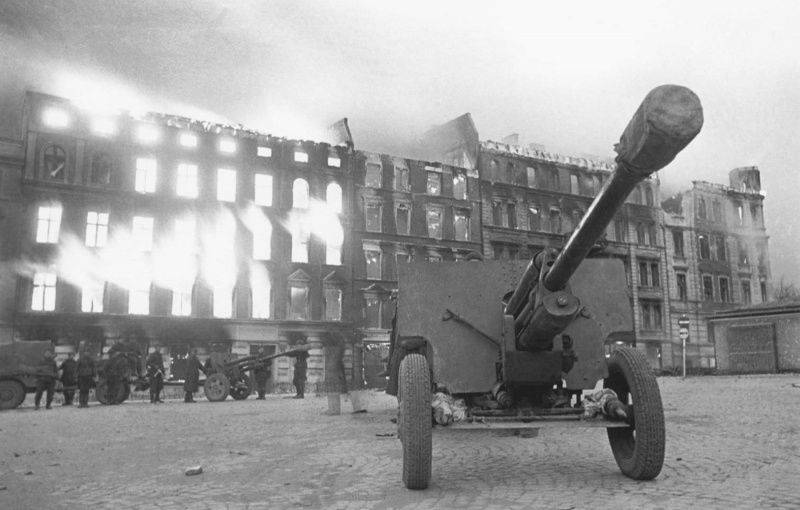
The Agony of the Third Reich. 75 years ago, on March 15, 1945, the Upper Silesian offensive operation began. The troops of the 1st Ukrainian Front under the command of I.S. Konev eliminated the threat of the German flank counterattack and completed the liberation of the Silesian industrial region, which significantly undermined the military-economic potential of the Reich.
The threat of a German counterattack towards Breslau
As a result of the Lower Silesian operation in February 1945, the troops of the 1st Ukrainian Front (1st UV), defeating the 4th tank and the 17th German armies, reached a level with the troops of the 110st Belorussian Front on a 1-kilometer stretch, which at the end of January 1945 reached the Oder River. As a result, the armies of Zhukov and Konev occupied an advantageous line for attacking Berlin. Also, the troops of the southern wing of the 1st UV hung from the north over the Upper Silesian Wehrmacht group. Thus, the armies of Konev were given the opportunity to develop an offensive in the direction of Berlin, Dresden, Leipzig and the central part of Czechoslovakia.
However, during the Lower Silesian operation, the southern wing of the front significantly (up to 200 km) lagged behind the main group. There was a threat of enemy flank counterattack from the Oppeln - Ratibor region on Breslau with the aim of releasing the capital of Silesia and returning the important industrial region to its control.
Operation plan
On February 28, 1945, the Military Council of the Front submitted to the Headquarters a plan for the offensive operation of the troops of the left flank of the 1st UV in Upper Silesia. On March 1, the operation plan was approved. At the same time, the offensive of the 4th Ukrainian Front was planned with the aim of defeating the Moravian-Ostrava enemy group and seizing the industrial area of Moravsk-Ostrava. The blow of the 4th UV was supposed to contribute to the offensive of Konev’s troops. The Germans lost the ability to maneuver forces.
Soviet troops were supposed to defeat the enemy forces in the area southwest of Oppeln, go to the line Strelen - Opava. Two shock groups were formed: the north, advancing in the direction of the opposition, and the south - in the direction of the ratiom. The northern group included: the 21st Army of Gusev, the 4th Panzer Army of Lelyushenko (soon transformed into the 4th Guards Tank Army), the 34th Guards Rifle Corps of the 5th Guards Army and the 4th Guards Tank Corps. The southern group included: the 59th Army of Korovnikov, the 60th Army of Kurochkin, the 7th Guards Mechanized and the 31st Tank Corps. The offensive of the southern wing of the 1st UV was supported by the 2nd Air Army of Krasovsky.
The northern front group struck in a general direction on Neiss, Neustadt (Neustadt), where it was supposed to connect with the troops of the southern group. As a result, Soviet troops had to encircle and destroy the enemy forces in the opposition ledge. The 34th Guards Corps of the 5th Guards Army and the 4th Guards Tank Corps were to develop an offensive to the west. The southern grouping part of the forces (59th Army, 7th Guards Mechanized Corps) attacked in the direction of Neustadt, where on the third day of the operation they planned to connect with the troops of the northern group. Other troops of the southern group (60th Army, 31st Panzer Corps) were to take Ratibor and Opava.
The Soviet command decided to strike at the joint of the 17th Army and the Heinrici Army Group. Most of the forces and means were concentrated in shock groups: up to 57% of infantry, 60% of artillery, 90% of tanks and self-propelled artillery. As a result, there was an average of one rifle division, about 1 guns and mortars, and 200 tanks per 43 km of the front of the breach site. Thus, the command of the 1st UV was going to use almost all forces and means in the first maximum powerful strike. This was caused by the relatively shallow defense system of the Nazis. Therefore, all the mobile formations of the shock groups operated in the battle formations of the rifle divisions. After breaking through the enemy’s defense, armored formations were to rapidly advance behind enemy lines.
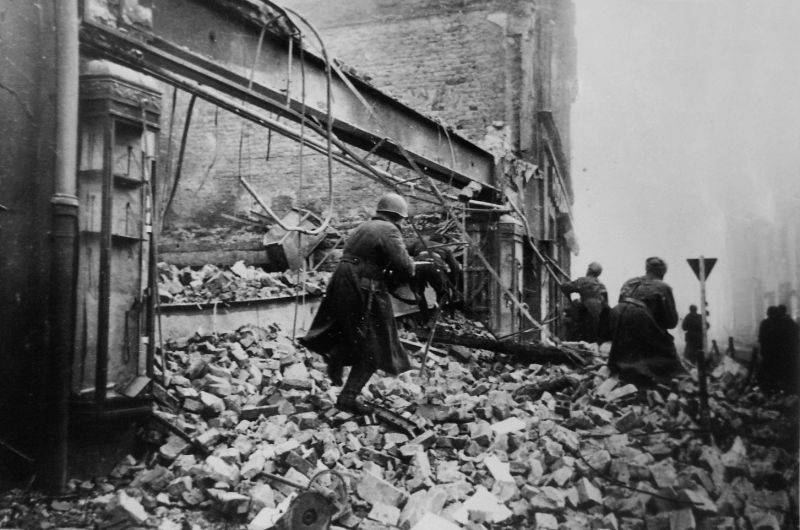
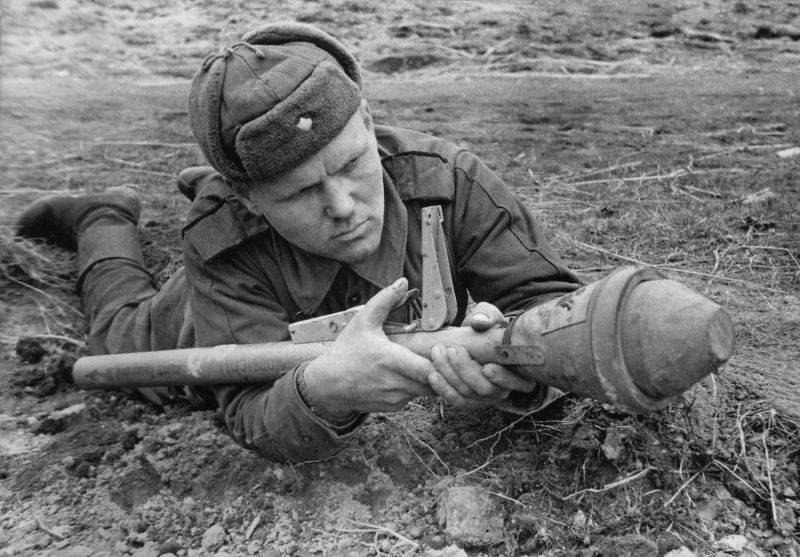
The forces of the parties
The strike groups on the left flank of the 1st UV included 31 rifle divisions (there were only 3-5 thousand people left in the division, there was a shortage of ammunition), more than 5600 guns and mortars, about 1 thousand tanks and self-propelled guns. The air army numbered over 1700 aircraft.
Our forces were opposed by the formations of the German 17th Army and the Heinrici Army Group (22st March Panzer Army from March 1), concentrated south-west of Oppeln. In total, up to 15 divisions, over 1400 guns and mortars, about 100 tanks and self-propelled guns. Also in this direction were the operational reserves of the Heinrici Army Group and the Army Group Center - 5 divisions and 60 separate battalions. From the air, German troops supported the 4th Air Fleet.
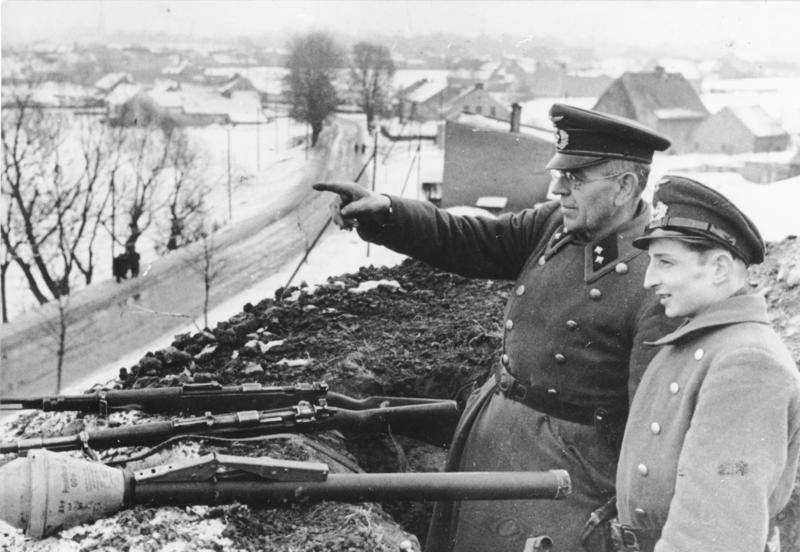
Breakthrough Enemy Defense
On March 14, 1945, Soviet troops completed preparations for the operation. The moment for the beginning of the liberation of Upper Silesia was favorable. The attention of the German command and all reserves were connected by battles in East Prussia and East Pomerania, in Hungary (Balaton operation) and the advance of the 4th Ukrainian Front in the Moravian-Ostrava direction.
On March 15, the advance battalions of the 21st and 5th Guards Army began advancement in the northern sector, occupying the advanced positions of the enemy. After 40 minutes of artillery preparation, the main forces of the 21st and 4th tank armies went on the offensive. Overcoming stubborn resistance and repelling the counterattacks of the enemy’s tactical reserves, by the end of the day our troops broke through two German positions on an 8-kilometer stretch and advanced 8 km in depth. After an 80-minute artillery bombardment, units of the 59th and 60th armies went on the offensive. They overcame the enemy’s main line of defense on a 12-kilometer stretch and advanced 6-8 km in depth.
The slow advance of our forces was caused by a number of reasons. During the artillery preparation, it was not possible to suppress most of the enemy firing positions. The Nazis paid great attention to anti-tank defense, and prepared reserve firing positions. Soviet mechanized units suffered heavy losses. So, Kuznetsov’s 31st Panzer Corps lost up to a third of combat vehicles on the day of the battle. In addition, the Soviet aviation in the morning, due to bad weather, could not act. Aviation was inactive during the artillery preparation and further attack by infantry and tanks. Only after 12 noon did bombers and attack aircraft begin to strike at German positions, strongholds, headquarters, communications centers and communications. As a result, on the first day of the operation, it was planned to conduct about 3 thousand sorties, but only 1283 were carried out.
Also affected by the spring thaw. She slowed down the movement of heavy weapons. The Germans could not create a solid deeply echeloned defense, the battles were mainly for roads and settlements, which the Nazis turned into strongholds. The Nazis, retreating under the pressure of our troops, did not try to break away and fiercely fought for every position, height, settlement and street, tactically advantageous.
In order not to give the enemy time to rest and organize defense in new positions, the Soviet command instructed to continue the offensive at night. To conduct military operations at night, each rifle division allocated one battalion, which was assigned to rest in the second echelon during the day.
In the following days, the offensive developed more successfully. The troops of the northern group on March 17 overcame the entire tactical defense zone of the enemy and developed an offensive on Neustadt, encompassing the German group from the northwest. The German command did not manage to withdraw the troops from the "boiler" in time. A large role in this success was played by Soviet aviation, which inflicted strong blows on communications in the opposition direction and prevented the withdrawal of German troops from the ledge. The southern group also broke into Hitler's defense and, from the 18th, pursued the remains of the defeated enemy units.
The defeat of the opposition group
On March 18, 1945, the forces of the two shock front groups joined in the Neustadt area. In the area southwest of Oppelnn, more than 5 enemy divisions fell into the “cauldron". Parts of the 21st, 4th Guards Tank and 59th armies, having completed the encirclement of the opposition group, developed a Western offensive with part of the forces and created the outer encirclement ring. This allowed us to immediately begin the liquidation of the surrounded enemy divisions. Already on March 19-20, the blocked German troops were destroyed. The speed of liquidation of the surrounded Hitler troops was due to the fact that the enemy was not allowed to organize resistance, to create a circular defense. Immediately after completing the encirclement of the enemy, our troops simultaneously attacked from several directions. As a result, the troops of the 21st and 59th armies quickly divided the encircled group into separate, isolated groups, and destroyed them.
At the same time, part of the forces of the 21st and 59th armies and most of the 4th Guards Tank Army on the outer ring of the encirclement reflected enemy attacks from the outside. The Nazis tried to release the surrounded divisions from the area southwest of Neisse. Here, the German command threw the German Goering elite division into battle, and then other formations, including the 20th Panzer Division. German counterattacks were repelled. After the liquidation of the encircled opposition group, Konev’s army continued the offensive with the aim of reaching the foothills of the Sudetenland. On March 24, units of the 21st and 4th Guards Tank Armies took Neisse. Overcoming the resistance of the enemy, by the beginning of April 1945, our troops reached the line of Strehlen - Neisse - Dolen. At this point, Soviet troops stopped and began preparations for the Berlin operation.
At the same stage of the operation, the troops of the 4th Guards Tank Army transferred from the northern sector to the southern one in order to accelerate the defeat of the enemy in the direction of ratification. Here the Germans tried to counterattack; they transferred two tank divisions (8th and 17th) to this section. On March 24, the 38th Army of the 4th UV resumed its offensive on Moravsk-Ostrava, which improved the situation in the parliamentary direction, as a threat to the encirclement of German troops was created in the region of Rybnik and Ratibor. On March 27, units of the 60th army of Kurochkin occupied Rybnik and soon reached Ratibor. For several days, the troops of the 60th Army unsuccessfully stormed this city, which the Germans turned into a strong defense node. Then the front command concentrated on this section the 17th and 25th artillery breakthrough divisions, most of the artillery of the army. Also, aviation was involved in the assault on Ratibor. With massive artillery fire and bombing, the enemy’s defense was broken. March 31, our troops took Ratibor.
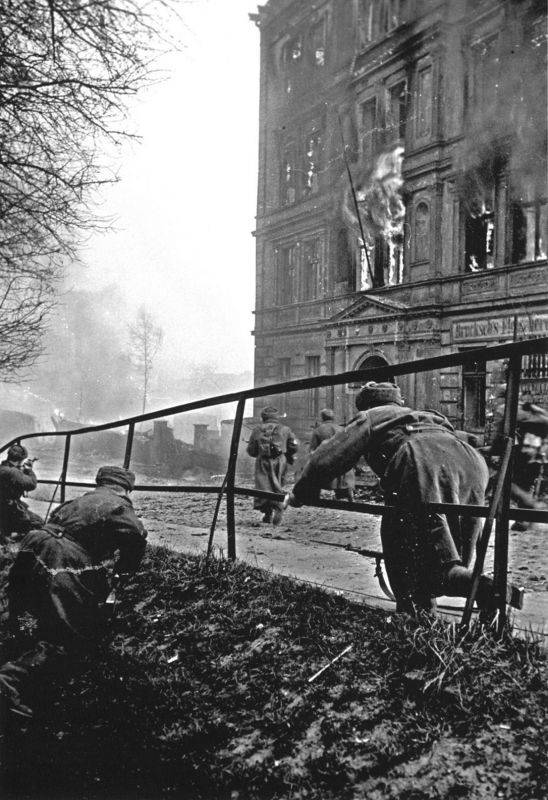
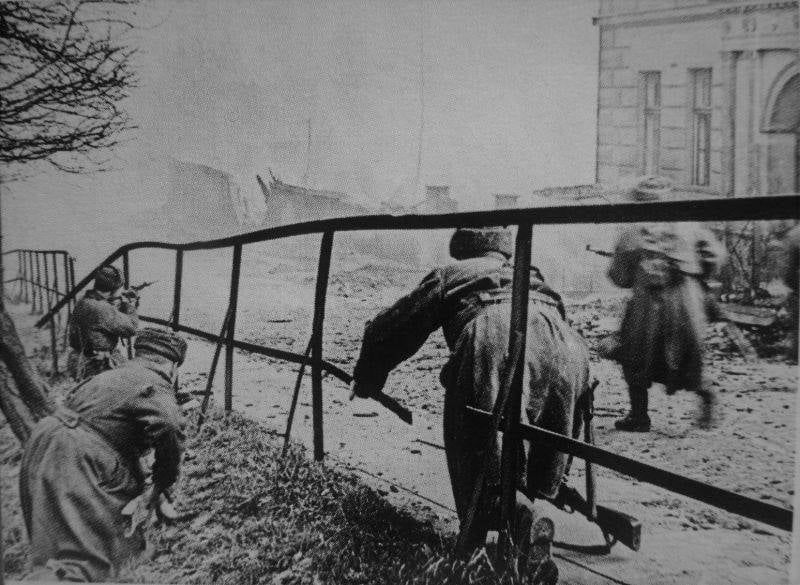
Results of the operation
Thus, the troops of the 1st UV captured the southwestern part of Upper Silesia, completing the liberation of the Silesian industrial region. Our troops eliminated the threat of enemy flank counterattack in the direction of Breslau in order to free the Breslau garrison. The capture of Neisse deprived the Germans of the opportunity to use the rocket railway connecting Army Group Center with Army Group South. Konev’s armies reached the foothills of the Sudetenland and were given the opportunity to develop an attack on Dresden and Prague. The enemy’s opposition group was destroyed (more than 5 divisions), the Nazis were thrown back to the Sudetenland. The Germans lost about 60 thousand people, including over 18 thousand people prisoners.
The Hitlerite command was not able to use troops in the Silesian direction to strengthen its forces on the northern flank (in Eastern Pomerania) and in Hungary. During the battle for Silesia, Army Group Center suffered a heavy defeat. The Germans had to weaken their central direction in order to prevent a catastrophe in this sector of the front. Also, the Third Reich received a strong economic blow. With the loss of Upper Silesia, the Reich, according to the Reich Minister of Arms Speer, lost up to a quarter of military production.
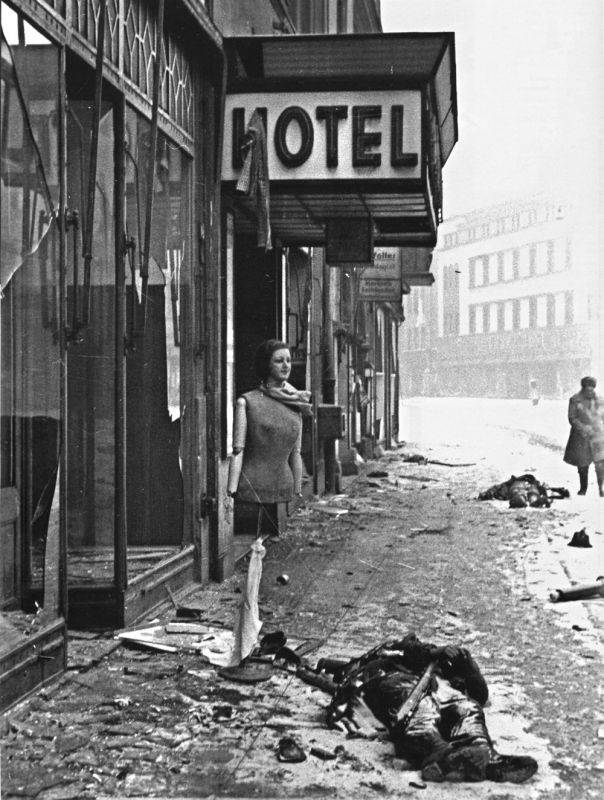
- Alexander Samsonov
- https://ru.wikipedia.org/, http://waralbum.ru/
- The agony of the Third Reich
The Agony of the Third Reich. 75 years of the Vistula-Oder operation
The assault on the East Prussian fortress of the Reich
How Soviet troops liberated Warsaw
How Stalin created the foundations of a new world
The fierce battle for the Slavic Pomerania
75 years ago, Soviet troops stormed Budapest
The stubborn battle for Silesia
The Miracle of Breslau. How they stormed Hitler’s last fortress
"Spring Awakening." The last blow of the Reich
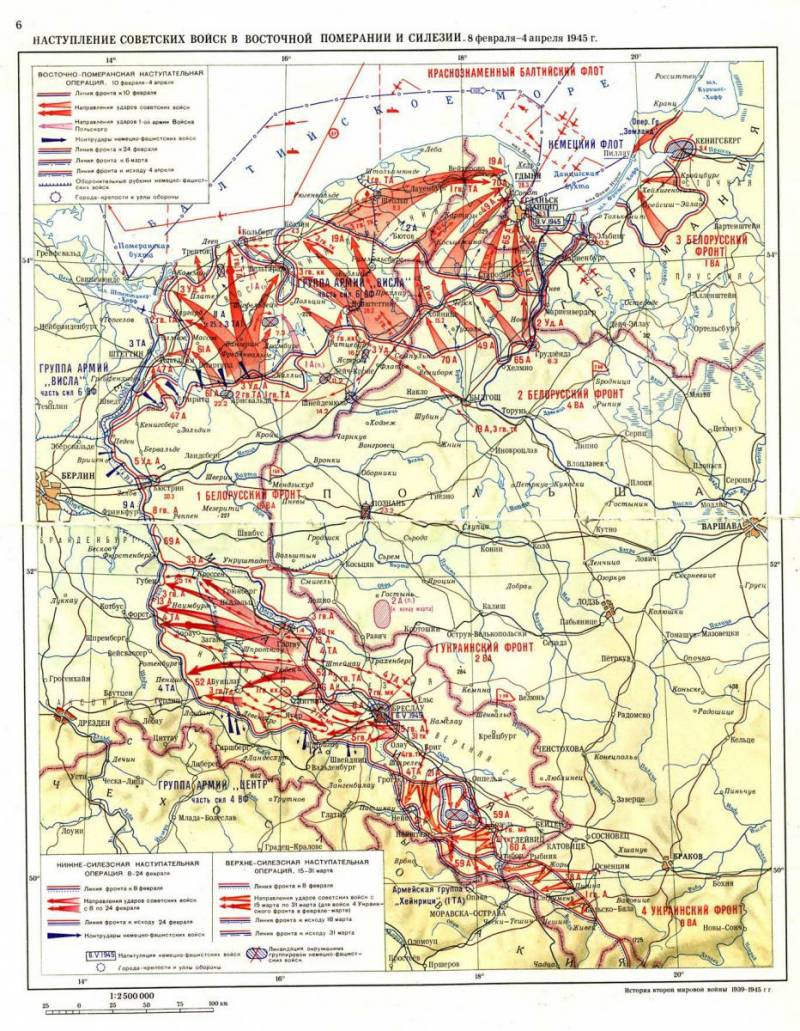
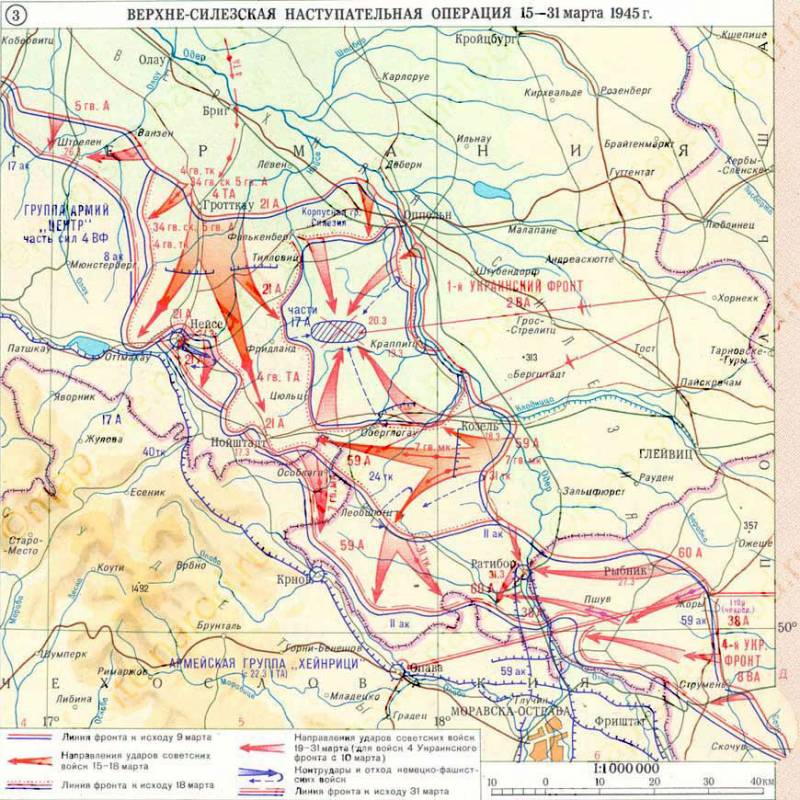
Information